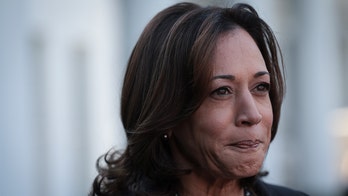The debate over the influence of campaign cash has raged on Capitol Hill for decades. Laws have been passed, and battles have been fought all the way to the Supreme Court. However, a new study shows the legislative branch is no longer the sole recipient of big league donations. The amount of campaign financing for state judicial races has skyrocketed over the last decade.
According to a report from the Brennan Center for Justice, during the period from 1990 to 1999 donations hit $83.3 million. Fast forward to the years spanning 2000 to 2009 and that figure jumped to $206.9 million.
Adam Skaggs, attorney and co-author of the Brennan Center report, believes the rise of judicial campaign donations “is a real and growing threat to our state courts across the country.” Skaggs points to another interesting finding in the study: super spenders. The top five spenders in the country’s most expensive state judiciary races gave an average of $473,000 – while the remaining 116,000 contributors averaged just $850 each. Skaggs, and others, worry that amplifies the voice of a handful of organizations or individuals to a volume that could drown out all others.
Since 1976, the Supreme Court has classified money spent to influence elections as constitutionally-protected free speech. Many believe the expenditures actually benefit voters. Hans von Spakovsky of The Heritage Foundation says studies show, “that the more spending there is in campaigns – particularly in a judicial election – the greater the knowledge base of voters.” He continues, “They have more information that they can use to make decisions, and that is a good thing.”
Just last year the Supreme Court met this issue head-on. A coal mining company owner spent $3 million dollars helping his favored candidate get elected to the West Virginia Supreme Court. Yet, when a case involving that coal mining company showed up at West Virginia’s highest court, the justice who benefitted from those generous donations refused to recuse himself from the proceedings. The battle over that recusal decision was argued to the U.S. Supreme Court, which ruled 5-4 that the state justice was in the wrong. The Justices believed it was necessary for him to step aside because of “a serious risk of actual bias.” In order to avoid those kinds of conflicts a number of states, including Wisconsin and New Mexico, are moving toward publicly funded state judicial campaigns – hoping to erase the appearance of improper financial influence.




